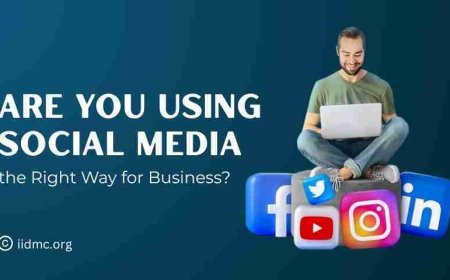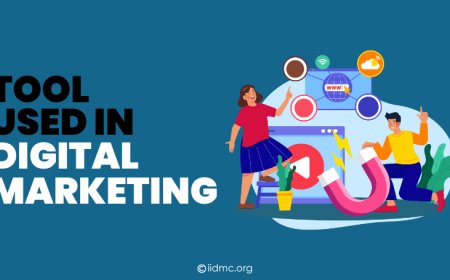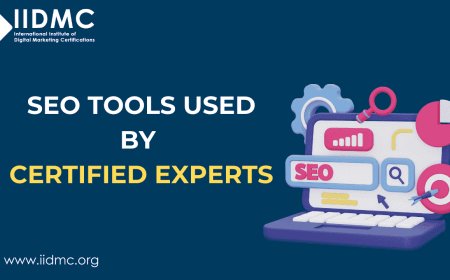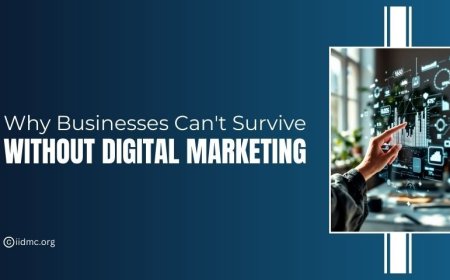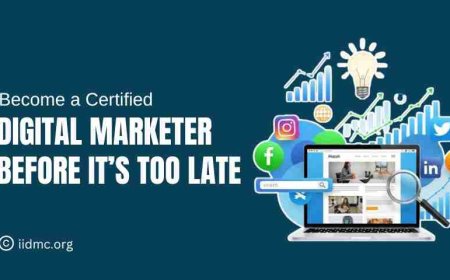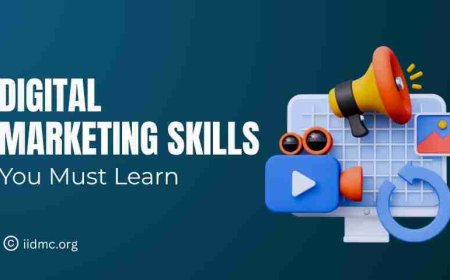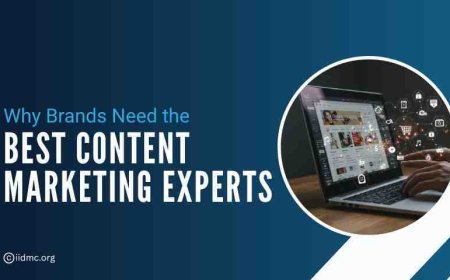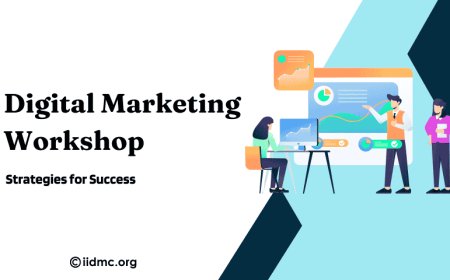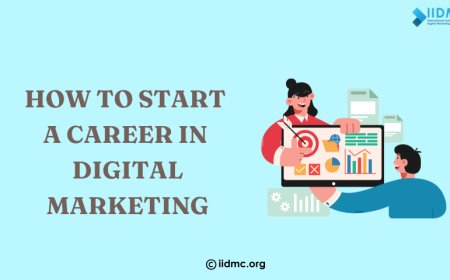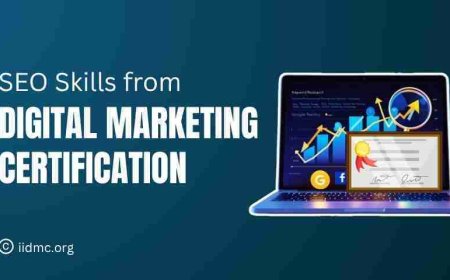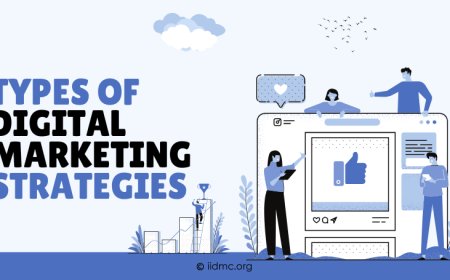Mastering Social Media Marketing Basics
Learn the essentials of social media marketing with our beginner’s guide. Discover strategies for building your brand, engaging your audience, and driving results across popular platforms.
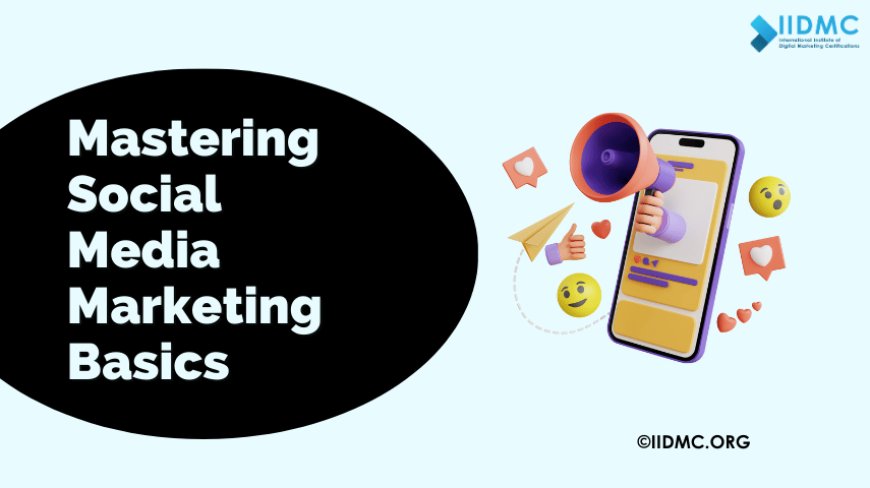
Social media marketing has become a skill that nearly everyone can benefit from, whether you're a student, a business owner, or someone looking to expand your career options. Mastering the basics doesn’t have to be complicated—it's about understanding the main platforms, creating engaging content, and knowing how to reach the right audience.In this guide, we’ll walk through the core principles of social media marketing in straightforward terms. You'll learn about popular platforms like Instagram, Facebook, and Twitter, and see how each one works to connect people and share ideas. We’ll also explore simple strategies to help you create posts that get noticed and show you how to measure what’s working. By the end, you’ll have a solid foundation in social media marketing that you can use to build a following, promote ideas, or support a business.
Understanding the Role of Social Media Marketing
Social media marketing connects brands with people where they spend their time on platforms like Instagram, Facebook, and Twitter. Unlike traditional ads, social media allows for direct interactions, helping brands engage and build relationships with their audience.
Why Social Media Matters
Social media enables brands to reach large audiences, share their story, and get feedback from followers. By sharing relatable content, brands can increase awareness and create meaningful connections.
Benefits of Social Media Marketing
Key benefits of social media include:
-
Visibility: Regular posts make brands more discoverable.
-
Engagement: Direct conversations build trust.
-
Lead Generation: Content can attract new customers.
-
Loyalty: Engaging followers fosters loyalty.
Aligning Social Media with Business Goals
Setting clear goals is essential for effective social media marketing. Aligning posts with business objectives—like increasing sales or brand awareness ensures that efforts support broader growth.
Choosing the Right Platforms
Selecting the best social media platforms for your brand is key to reaching the right people. Each platform has its own style and attracts different types of users. Here’s a look at the popular platforms and how to use them effectively.
Overview of Major Social Media Platforms
-
Facebook: Great for reaching a broad audience with a mix of text, images, and videos. It’s good for community-building and sharing news or longer posts.
-
Instagram: Known for visuals, Instagram is ideal for brands with eye-catching images or videos. It appeals to younger audiences and works well for fashion, travel, and lifestyle brands.
-
Twitter: Quick, conversational, and often news-focused, Twitter is popular for real-time updates and direct interaction.
-
LinkedIn: Focused on professionals, LinkedIn is ideal for B2B brands, networking, and industry-related content.
-
TikTok: Known for short, creative videos, TikTok has a young user base and is great for brands with fun, engaging content.
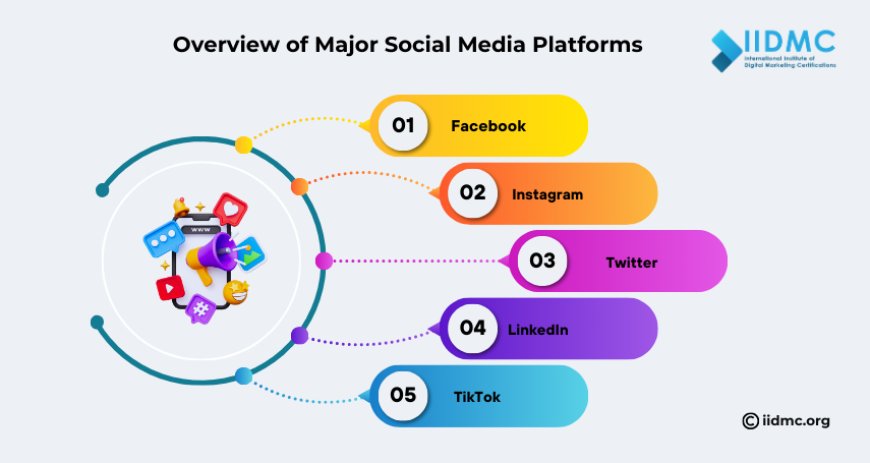
Matching Platforms to Target Audience
To reach the right people, it’s essential to pick platforms that align with your target audience. Consider your audience’s age, interests, and habits. For example, if your audience is young and likes fun content, TikTok or Instagram may work well. If you’re targeting professionals, LinkedIn could be more effective.
Creating Platform-Specific Content
Each platform has its own style, so it’s important to customize content. LinkedIn, for example, works best for professional, informative posts, while Instagram is ideal for visual storytelling. By tailoring your content to fit each platform, you’ll make a stronger impact and engage the audience in a way that feels natural.
Crafting Your Social Media Strategy
A successful social media strategy is all about clear goals, understanding your audience, and planning content. Here’s a guide to help you get started.
Setting Clear, SMART Goals
SMART goals keep your social media efforts focused and achievable. SMART stands for:
-
Specific: Define exactly what you want to accomplish (e.g., “Increase Instagram followers by 20%”).
-
Measurable: Use numbers to track progress (e.g., “Get 500 likes per post”).
-
Achievable: Set goals that are realistic based on your resources.
-
Relevant: Make sure the goal aligns with your overall purpose or business objectives.
-
Time-bound: Set a deadline (e.g., “Achieve this within three months”).
Identifying Target Audience
Knowing your audience helps you create content that resonates. Start by defining who you’re trying to reach—consider age, interests, and habits. Research what content they like, which platforms they use, and when they’re most active online. This helps you focus your efforts and make a stronger connection with your audience.
Creating a Content Calendar
Planning content in advance helps you stay organized and consistent. A content calendar allows you to balance different types of posts, like educational tips, promotions, and engagement activities (like polls or Q&As). Aim for variety to keep things interesting, and schedule posts regularly to maintain a steady presence on social media.
Developing High-Quality Content
Creating strong content is essential to stand out on social media. Different content types, eye-catching visuals, and well-written copy can help you connect with your audience and keep them engaged.
Types of Content That Work
Different formats can capture attention in unique ways. Here are some popular options:
-
Stories: Short, temporary posts that offer a behind-the-scenes look or quick updates.
-
Videos: From short clips to longer tutorials, videos are highly engaging and popular across most platforms.
-
Live Streams: A great way to interact in real-time, answer questions, or give live demos.
-
Infographics: Visually appealing graphics that break down information, making it easier to understand.
-
Blog Posts: Links to in-depth articles or blog posts can drive more traffic to your website and provide valuable information.
Visual Storytelling
High-quality images and videos are key to capturing attention. Use clear, bright visuals that reflect your brand’s style and tone. Pay attention to composition, lighting, and color to make your content more appealing. Consistent visuals help create a recognizable look for your brand, making it easier for your audience to identify your posts.
Crafting Compelling Copy
Good social media copy is short, direct, and engaging. Start with a hook to grab attention, and keep sentences clear and concise. Match the tone to the platform—LinkedIn may call for a professional tone, while Twitter and Instagram can be more casual. Also, be mindful of character limits, and use hashtags, emojis, and call-to-action phrases when appropriate to encourage interaction.
Building an Engaged Community
A strong social media presence isn’t just about posting content—it’s about creating a community where followers feel valued and involved. Engaging with your audience builds trust, loyalty, and long-term relationships.
Fostering Two-Way Communication
Two-way communication is at the heart of a successful social media community. Responding to comments, liking followers’ posts, and replying to messages make people feel heard and appreciated. This approach turns social media into a conversation rather than a one-way broadcast. By engaging directly, brands can create a friendly, approachable image and build deeper connections with their audience.
Engagement Tactics
To keep followers interested and involved, try these engagement tactics:
-
Giveaways: Hosting giveaways encourages followers to interact, share, and stay engaged with your content.
-
Live Q&A Sessions: Go live to answer questions, share insights, or provide updates. Live sessions make interactions feel more personal.
-
User-Generated Content: Encourage followers to share their own content featuring your brand. This not only builds excitement but also strengthens community by making followers part of your brand story.
Managing Negative Feedback
Handling criticism constructively is essential for maintaining a positive brand image. When faced with negative feedback, respond calmly and professionally. Acknowledge the issue, offer solutions when possible, and avoid defensive language. This shows that the brand values customer concerns and is committed to improvement. Managing feedback well can turn a negative experience into a positive impression.
Using Analytics for Improvement
Analytics can guide your social media strategy by showing what works and what doesn’t. Here’s a quick overview:
-
Key Metrics: Track engagement rate (interactions), reach (unique viewers), impressions (total views), and conversion rate (actions taken).
-
Analytics Tools: Use tools like Facebook Insights, Instagram Analytics, Google Analytics, and Hootsuite to gather insights across platforms.
-
Optimizing Strategy: Regularly review data to refine your content, adjust posting times, and focus on platforms with the best results. Data-driven adjustments help maximize impact and reach.
Budgeting and Paid Advertising
Paid advertising can boost social media reach, allowing brands to connect with a larger audience and drive specific actions.
-
The Role of Paid Advertising: Paid ads help extend reach beyond organic followers, attract new customers, and increase engagement quickly.
-
Types of Ads: Options include sponsored posts (regular posts promoted for wider visibility), video ads, carousel ads (multiple images or videos in one ad), and influencer partnerships.
-
Setting an Advertising Budget: Set a budget based on goals and audience. Start small, test ad formats, and focus on those that bring the best results for your spend.
Staying Updated with Social Media Trends
Social media is constantly evolving, so staying informed helps keep your strategy fresh and effective.
-
Importance of Staying Current: Trends change often, and adapting keeps content relevant and engaging.
-
Emerging Trends: Popular trends include short-form videos, AR filters, influencer partnerships, and disappearing content like stories.
-
Resources for Staying Updated: Follow industry blogs, attend webinars, and keep up with social media platform updates to stay in the know.
Mastering the basics of social media is key to building a strong digital presence. With the right strategies, social media can help you connect with your audience, increase brand awareness, and achieve your goals. Start small, be consistent, and remember that learning and adapting are ongoing parts of the process.
If you're ready to dive deeper, subscribe to the IIDMC (Institute of Internet and Digital Marketing Certification) blog for more social media tips and resources. Or, download our free Social Media Marketing Checklist to kickstart your journey today.


